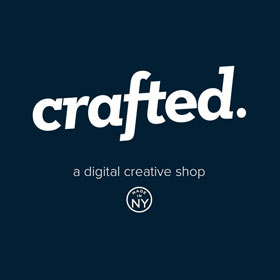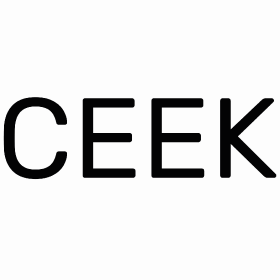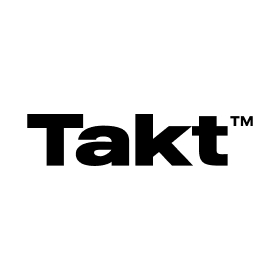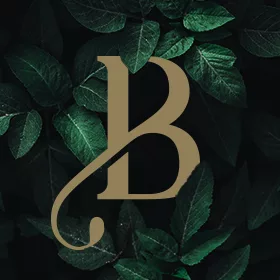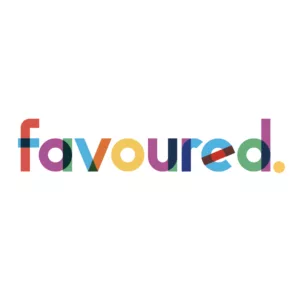A Full Guide To The Leading Chinese Social Commerce Little Red Book
Little Red Book (aka Xiaohongshu)
The changes in incorporating e-commerce with social media platforms appear to be a big step in the West. However, it’s not as surprising for the Chinese users. Chinese social media was initially born with multiple capabilities that essentially combined e-commerce and UGC sharing functions, a perfect example of this is Little Red Book.
Followed by Mark Zuckerberg’s comment that Facebook should be inspired by Chinese social media’s functional capabilities, the Tech giant has been announcing a series of significant reformation on its platforms, such as Instagram Checkout function and his plan on revamping Facebook to include payments, commerce, and much more private services.
While Western platforms such as Instagram has just started to integrate full-scale e-commerce functions in its app, Little Red Book already has a sophisticated level of such capability.
This was due to the fact that Little Red Book was designed with the mindset of enabling commerce in social media, hence making it a powerful social commerce channel with over 30 million active monthly users.
We would like to share with you the key elements to understand this giant marketplace and include them in your social media strategy in entering the Chinese market.
A platform driven by User Generate Content
Little Red Book is a social shopping app for users to not only explore products but most importantly share their opinions and recommendations when trying different products.
The platform is mainly composed of User Generated Content, aim at promoting commerce through social word of mouth. A positive review on the app entails authenticity and credibility, thus making Little Red Book a must-have for a successful campaign in your strategy.
Typically, Chinese female consumers from age 18-35 checks on this app whenever they plan to buy some products or even find lifestyle tips and hacks.
Therefore, we have summarized 18 topics that are covered in Little Red Book, with Cosmetics and Fashion ranking on the top as the most frequently posted topics.
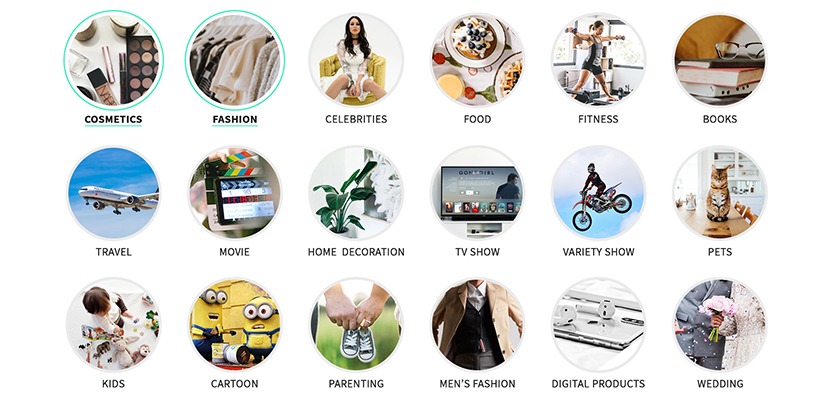
Discover Little Red Book Content in 4 ways
Before activating the channel and influencers to share about your brand, it’s best to know how users navigate through the app and find content that interests them.
1. Explore
Upon registration in the app, users are required to select topic categories they enjoy. Little Red Book will then recommend trendy posts in the Explore section based on their interests.
Different from other social media platforms such as Instagram, the default user interface of Little Red Book is Explore but not based on traditional content feed posted by the user community.
2. Follow
Users can also read posts created by influencers they follow in the Follow tab. With hundreds of thousands of posts published each day, it’s a fierce competition to generate content that catches the eye of the audience. In the latter part of this article, we’ll explain more about what a high-quality post entails.
3. Nearby
One of the methods to show the most relevant content to users is geo-targeting. User can publish a post with location tagging only when they are physically there “now”.
This is very different from most of the Western social media, which you can select and tag the location even if you have never been there before. This characteristic ensures that only your targeted audience from the location can see the post.
4. Brand
When users have a brand or product in mind, they can directly search the brand name in the app and abundant results are offered. Apart from reading brand-related posts generated by other users or influencers, they can also directly buy products found in the Store tab.
After consumers found a product they like in the review and recommendation posts made by other users and influencers, they are able to bookmark, checkout and pay without leaving the app. This is what Instagram is now trying to do, but has already been accomplished by the Chinese social commerce app.
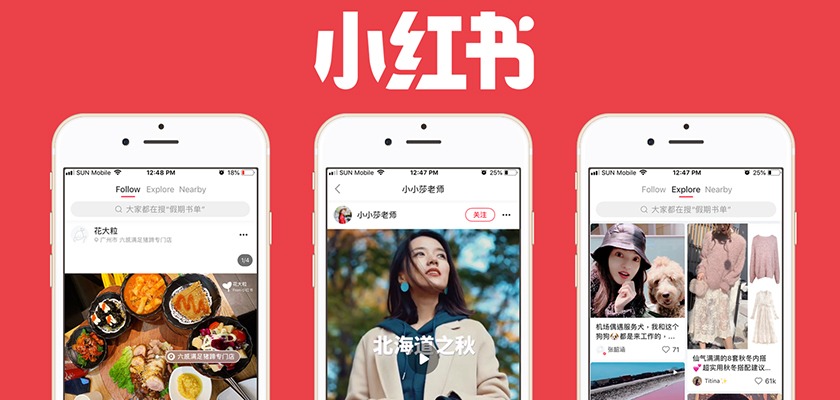
5 Best Practices for Writing the Posts
Whether you’re drafting a guide to post for your influencers or you need to evaluate their post quality, you should know the following 5 key elements of what a good post looks like in Little Red Book.
1. Title
The title should not exceed 15 words and it’s best to summarize the main points of the post content. For example, when you are recommending a product, you can highlight the unique selling points in the title.
2. Photos
The ideal number of photos in one post is 5-9. Since authenticity is preferred in Little Red Book, it’s welcomed even if the images are not perfectly polished. If you have more than 2 photos, you can arrange the images to follow a certain sequence, e.g. starting from step 1 to step 4, etc.
3. Videos
Users can post 1 video per post, and Little Red Book always gives preference to videos over non-animated posts.
4. Captions
Insightful and educative content is always the right thing to do in winning over fans. However, you should also pay attention to the caption’s character limit. 1,000 is the maximum limit, and we observed that the top posts usually have 500-900 words.
5. Hashtags
Similar to Instagram, using hashtags helps to categorize the post which makes it easier for users to discover posts in Little Red Book.
From user experience to strategy, watch this video to learn the essential things you need to know about Little Red Book:
Conversion Process in Little Red Book
The essence of Little Red Book marketing is to shorten consumers’ time spent on making their purchasing decision. This is done by showing them persuasive reviews and recommendations.
Here are 4 steps describing how UGC from Little Red Book speeds up conversions.
Step 1: Users become aware of a certain product when receiving recommendations through LRB’s Feed or through shared content from WeChat.
Step 2: If the user is interested in the reviewed product, she will click to view the details.
Step 3: She then evaluates the product quality by actively searching brand-related posts in the app.
Step 4: After reading several reviews made by credible KOLs, the user decides to buy the product and might even recommend it to their friends. Hence continue the conversion process.
4 Ideas to Create Content that are Appealing to Potential Consumers
To activate the conversion process, brands and KOLs should first create content that is authentic and relatable.
We will share with you a few tips to achieve this, by using beauty products as an example.
1. Provide content closely related to the daily life of followers
- Start with hypothetical situations followers frequently encountered.
- Demonstrate how the product or service helps to improve life quality.
2. Share authentic product insights
- Compare Before & After using the product.
- Analyze the ingredients used in the product.
3. Address the pain points of followers
Show how products can solve their pain points.
- Dry skin during
traveling - Dark circles
4. Utilize current trending topics
“Hitchhike” the trending topics from sources such as celebrities, the news, or from other mainstream platforms like TikTok.
Find more content creation ideas here.
Quick FAQ about Little Red Book:
1. How to set up an account?
It’s easy; just register with your phone number.
2. Does it allow cross-border shipping?
Yes. Plenty of its products are actually shipped outside from China.
3. Is direct purchase possible within the app?
Yes. Users can search brands or the product model, and then complete the whole purchasing process without leaving the app.
4. What does it cost to engage influencers?
Depending on the audience size of the influencer, they can cost from USD 600 to USD 6000, or even more.


